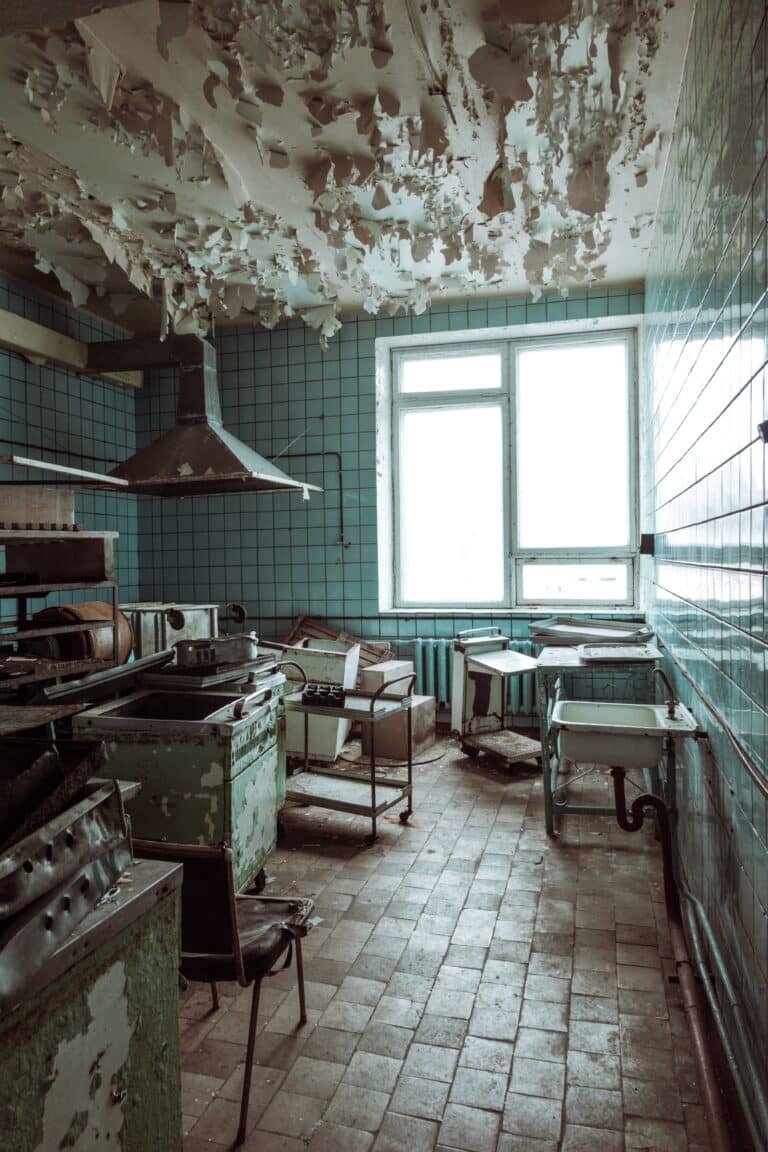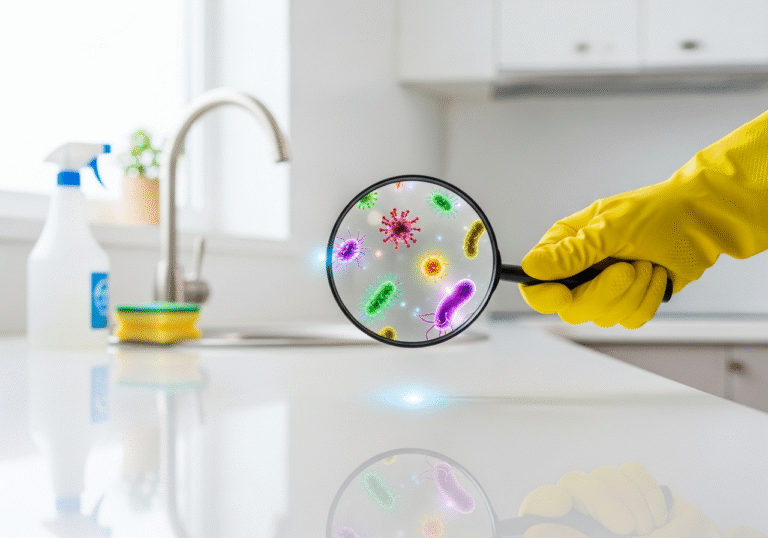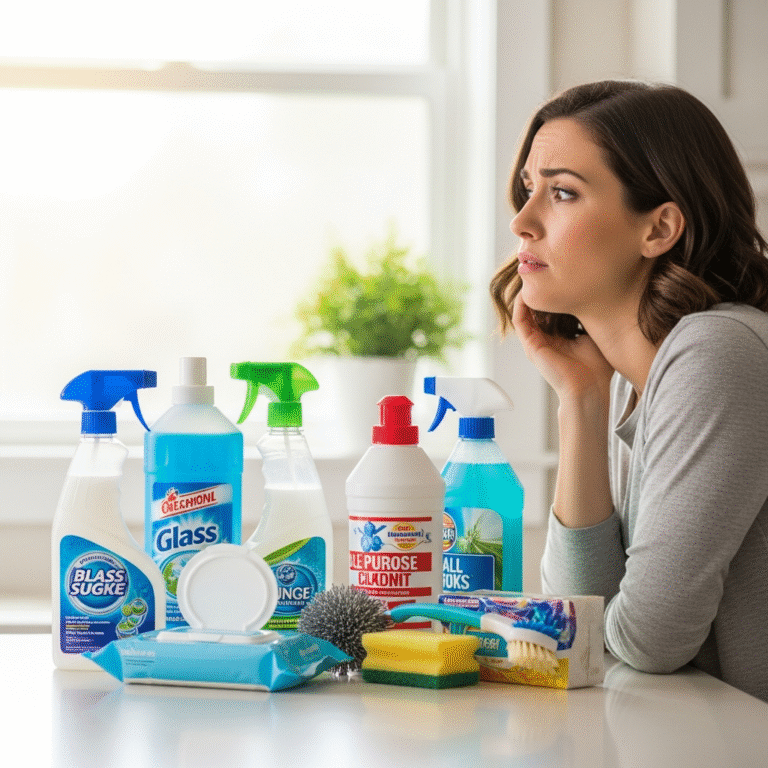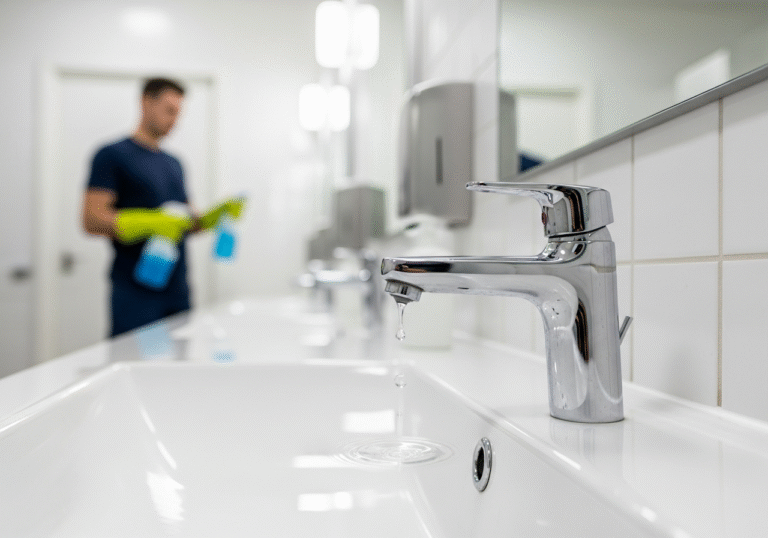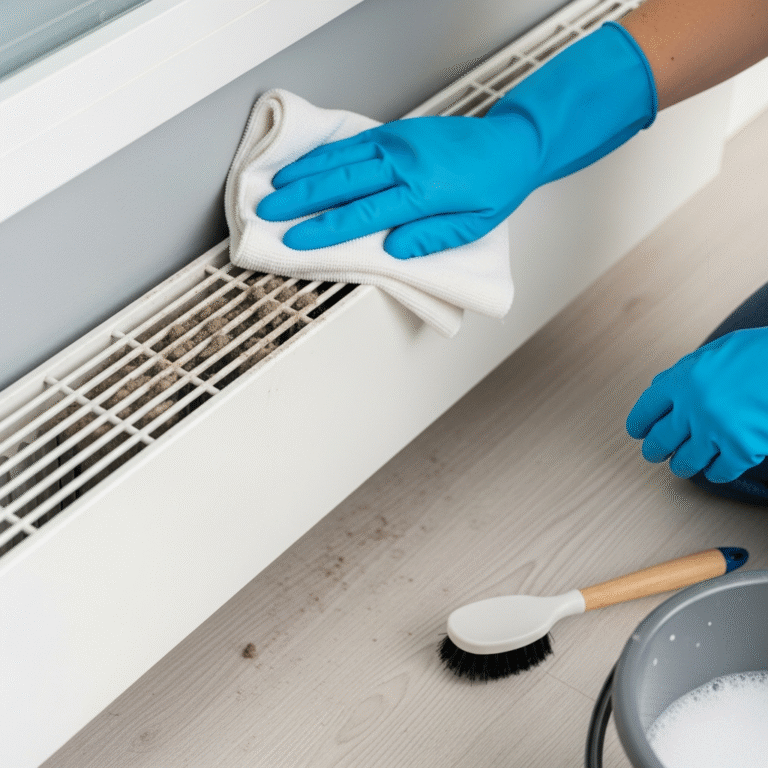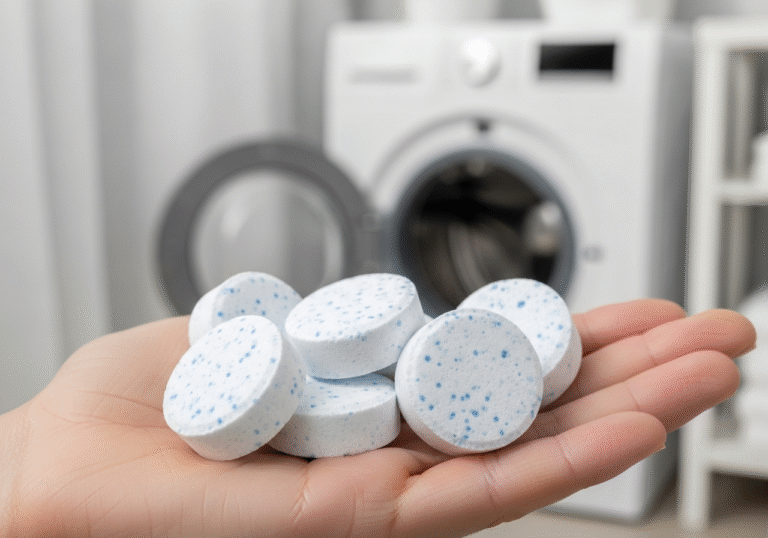Dealing with rust and corrosion on metal surfaces can be a real headache, especially when it starts affecting the functionality or aesthetics of your items. Whether it’s tools, outdoor furniture, or any metal object, knowing how to effectively remove rust can prolong the life of your belongings and keep them looking great. Here, we’ll walk through five effective methods to get rid of rust and corrosion from metal. Grab your gloves, and let’s get started!
1. White Vinegar Bath: The Natural Soak
White vinegar isn’t just a staple for your salad dressing—it’s also a highly effective natural rust remover for metal objects. The key ingredient here is acetic acid, which actively reacts with rust to help dissolve it, clearing the way for a cleaner, shinier metal surface beneath. This method is especially suitable for those who prefer eco-friendly cleaning solutions over harsh chemicals.
To start, if you’re dealing with smaller metal items, simply find a container large enough to fully submerge them in white vinegar. Allow these items to sit in the vinegar bath overnight. This extended soak gives the acetic acid ample time to penetrate and break down the rust.
For larger metal pieces that can’t be easily submerged, you don’t need to worry about finding an oversized container. Instead, grab some rags or even old towels, soak them in vinegar, and wrap them around the rusted areas of the metal. The goal is to keep the rusty spots thoroughly moistened with vinegar, so sometimes it might be helpful to re-soak the rags periodically to keep them wet throughout the soaking period.
Once the soaking time has elapsed, it’s time to tackle the loosened rust. Using a metal brush or a piece of crumpled aluminum foil, scrub the treated areas vigorously. The abrasive action of the brush or foil helps to lift and remove the rust particles from the metal surface.
After you’ve scrubbed the metal clean, the final step is to rinse the items with water. This not only removes any remaining vinegar and rust residue but also stops the acetic acid from further acting on the metal. Be sure to dry the metal thoroughly after rinsing. Leaving the metal wet could potentially lead to new rust formation, undoing all your hard work. Dry it off with a clean cloth or towel to ensure that every nook and cranny is moisture-free.
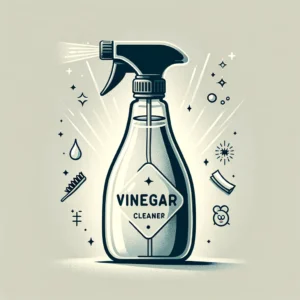
2. Baking Soda Paste: The Gentle Scrub
When faced with less aggressive rust or when you need to treat delicate metal surfaces, baking soda emerges as an excellent, mild alternative to harsher chemical rust removers. This common household item is not only accessible but also gentle on metal while being tough on rust.
To utilize baking soda for rust removal, start by preparing a thick paste. This is done by mixing baking soda with a small amount of water until you achieve a consistency that’s substantial enough to cling to vertical surfaces without dripping. This paste formation is crucial as it ensures that the baking soda stays in contact with the rusted areas long enough to facilitate the cleaning process.
Once your paste is ready, apply it generously over the rusted portions of the metal. Spread the paste evenly, covering all rusty spots thoroughly. After applying, let the paste sit on the rust for a couple of hours. This dwelling time is vital as it allows the baking soda to chemically interact with the rust, breaking it down and making it easier to scrub away.
Following the resting period, take a brush and gently scrub the treated areas. The texture of the baking soda paste helps to exfoliate the rust from the metal surface without scratching or damaging it. Scrubbing should be done with enough pressure to remove rust but gentle enough to preserve the integrity of the metal underneath.
The final step in this rust removal process is to rinse and dry the metal. Washing off the baking soda paste with water not only cleans away the loosened rust particles but also any residual baking soda. It’s important to thoroughly dry the metal after rinsing. Any lingering moisture could potentially lead to new rust formation, which would counteract your cleaning efforts. Use a clean, dry cloth to wipe down the metal, ensuring that it is completely dry and free of moisture.
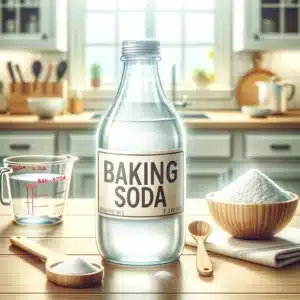
3. Potato and Dish Soap: The Surprising Trick
It might sound unconventional at first, but using a potato combined with dish soap is a surprisingly effective method for removing rust from metal surfaces. This technique leverages the natural oxalic acid found in potatoes, an organic compound that interacts with rust to dissolve and loosen it, making removal a breeze.
To start this rust-removal process, simply take a regular potato and slice it in half. The fresh cut surface of the potato will be used as your ‘applicator’. Apply a liberal amount of dish soap to this cut end of the potato. The dish soap not only helps in lubricating the surface but also enhances the rust removal process due to its degreasing properties.
Next, use the soapy potato half just as you would a brush. Rub the cut end with the dish soap directly onto the rusted areas of the metal. As you do this, the oxalic acid from the potato interacts with the rust, breaking it down, while the dish soap aids in gently scrubbing the rust away without damaging the metal underneath. This method is especially useful for dealing with small patches of rust or for treating areas that are typically hard to reach with conventional tools.
After thoroughly scrubbing the rusted areas, the next step is to rinse the metal. This step is crucial as it washes away the residual potato juices and soap, along with the loosened rust particles. Make sure to rinse the metal thoroughly to ensure that no soapy or acidic residues remain, as these could cause further corrosion if left on the metal.
Finally, drying the metal effectively is key to prevent any new rust from forming. Use a clean, dry cloth to wipe down the metal surface, ensuring that it is completely free of moisture. This step not only clears away any remaining cleaning residues but also protects the metal from potential rust development, which can occur if the metal is left wet.
4. Chemical Rust Remover: The Powerful Solution
Sometimes, the severity of rust on metal requires a more robust approach than home remedies can provide. In these cases, turning to a chemical rust remover offers a powerful solution. These removers are specially formulated to effectively tackle tough rust, breaking it down quickly and thoroughly.
When using a chemical rust remover, it’s crucial to prioritize safety. Always wear protective gloves to safeguard your hands from harsh chemicals, and ensure you’re working in a well-ventilated area to avoid inhaling fumes. These precautions help prevent any potential harm that could arise from direct contact with the chemicals.
To begin the rust removal process, closely follow the manufacturer’s instructions for applying the chemical remover. These products usually come in various forms, such as sprays, gels, or liquids, and each type might have specific application methods to maximize effectiveness. Typically, you’ll directly apply the remover onto the rusted metal surface, ensuring it covers all the affected areas thoroughly.
After applying, you need to give the chemical sufficient time to work. This duration varies depending on the product’s formulation but generally spans a few hours. During this time, the chemical actively breaks down and dissolves the rust, penetrating deeply into even heavily corroded areas. It’s important not to rush this process; allowing the remover to sit as directed ensures it has enough time to fully tackle the rust.
Once the specified time has elapsed, the next step is to scrub the metal with a brush. This physical action helps to lift and remove the rust particles that have been loosened by the chemical remover. Scrubbing not only helps clear away the residue but also aids in preparing the surface for finishing touches.
The final steps involve neutralizing and drying the metal. Thoroughly rinse the treated areas with water to remove any remaining chemical remover and loosened rust. Rinsing is essential to ensure that no corrosive substances remain on the metal that could lead to future rusting. After rinsing, dry the metal thoroughly with a clean cloth. Ensuring the metal is completely dry is critical to prevent any new rust from forming, as residual moisture can be a catalyst for further corrosion.
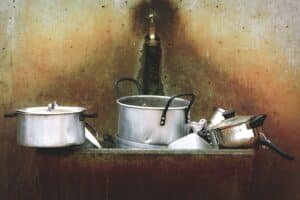
5. Electrolysis: The Science Project
Electrolysis is a sophisticated and scientifically intriguing method particularly well-suited for removing heavy rust from metal tools and hardware. This technique involves a chemical reaction that is facilitated by an electric current, effectively reversing the oxidation process that causes rust. It’s an excellent choice for those who are comfortable with a more hands-on, technical approach to rust removal.
To begin the electrolysis process for rust removal, you’ll first need to gather the necessary materials: a plastic container large enough to hold the rusty metal item, washing soda (sodium carbonate), water, a piece of sacrificial metal (often an old spoon or steel plate that you don’t mind corroding), and a battery charger. The sacrificial metal will act as an anode, where the rust will be attracted and subsequently accumulate.
Start by setting up your workstation. Fill the plastic container with enough water to completely submerge the rusty metal object. Add a few tablespoons of washing soda to the water and stir until it’s fully dissolved. The washing soda acts as an electrolyte to facilitate the flow of electricity through the water, which is crucial for the electrolysis to occur.
Next, arrange the rusty item and the sacrificial metal inside the container. It’s important that the two metals do not touch each other to ensure the process works correctly. Attach the positive lead of the battery charger to the sacrificial metal and the negative lead to the rusty metal item. This setup will direct the electric current through the rusty item, pulling the rust particles away and depositing them onto the sacrificial metal.
Once everything is securely connected, power on the battery charger. Let the electrolysis process work for a few hours. During this time, the electric current will induce a chemical reaction that removes the rust from your metal item and transfers it to the sacrificial piece. The time required can vary depending on the extent of rust and the size of the item, but typically a few hours should be sufficient.
After the process is complete, carefully disconnect the battery charger and remove the metal items from the solution. The next steps are crucial—cleaning and drying the metal. Thoroughly scrub the now rust-free metal item to remove any remaining impurities or loose particles. Rinse it under clean water to wash away any traces of the washing soda solution.
Finally, dry the metal completely. It’s imperative to ensure no moisture remains on the metal to prevent new rust from forming. Use a clean towel or cloth to dry the metal thoroughly, or leave it in a dry, well-ventilated area to air dry.
Cleaning Metal Easy as Never!
Discovering the right method for removing rust and corrosion from metal surfaces can be a game changer, especially when you are equipped with these five effective techniques. Each method, from the simplicity of natural solutions like vinegar and baking soda to the robust effectiveness of chemical removers and the precision of electrolysis, offers a tailored approach to combat rust according to the severity and specificity of your situation. It’s crucial to select the method that not only addresses your current rust issues but also aligns with your preferences for maintenance and care of metal surfaces.
However, rust removal can sometimes be more challenging than anticipated, especially when dealing with extensive corrosion, large items, or delicate metals that require a gentle touch. In such cases, DIY solutions might not suffice, and seeking professional help becomes not just a convenience but a necessity. For those in Toronto and surrounding areas, Toronto Shine Cleaning offers comprehensive cleaning services that include specialized treatments for rust and corrosion on various metal surfaces. Our expert team is equipped with the right tools and knowledge to ensure your metal items are not only treated for rust but also protected from future corrosion.
So, if you find yourself struggling with stubborn rust that resists home remedies, or if you simply want to ensure the best care for your valuable metal items, consider reaching out to Toronto Shine Cleaning. We’re here to help extend the life of your metals with professional-grade cleaning and maintenance services. Let us take the hassle out of rust removal so you can enjoy pristine, functional metal surfaces without the labor. Don’t let a little rust stand in your way—contact Toronto Shine Cleaning today and keep your metal looking new and fully functional.













